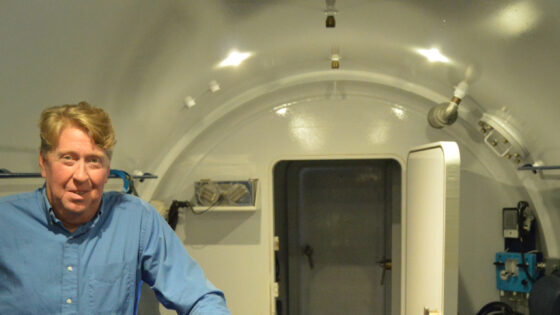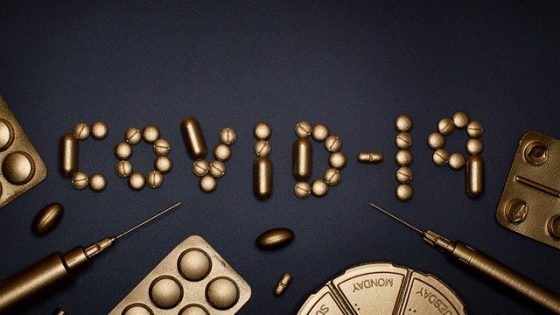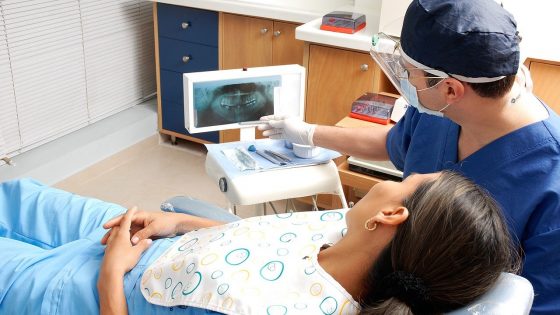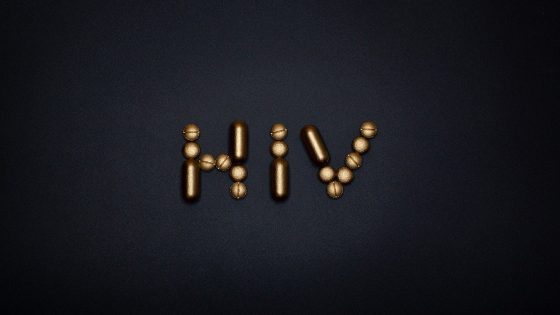disease-specific survival rate
The percentage of people in a study or treatment group who have not died from a specific disease in a defined period of time. The time period usually begins at the time of diagnosis or at the start of treatment and ends at the time of death. Patients who died from causes other than the disease being studied are not counted in this measurement.
disinfectant
Any substance or process that is used primarily on non-living objects to kill germs, such as viruses, bacteria, and other microorganisms that can cause infection and disease. Most disinfectants are harsh chemicals but sometimes heat or radiation may be used.
disorder
In medicine, a disturbance of normal functioning of the mind or body. Disorders may be caused by genetic factors, disease, or trauma.
Disorganised type of Schizophrenia
A disorder with disorganised speech, disorganised behaviour and flat or inappropriate mood. The disorganised speech may be accompanied by silliness and laughter that are not closely related to the content of the speech.
disorientation
A mental state marked by confusion about time, place, or who one is.
Dissociation
The process whereby thoughts and ideas can be split off from consciousness and may function independently, thus allowing conflicting opinions to be held at the same time about the same object.
Dissociative Fugue (formerly Psychogenic Fugue)
A disorder in which the person leaves home or usual surroundings and wanders aimlessly, with inability to recall some or all of ones past. This is accompanied by confusion about personal identity or even the assumption of a new identity.
Dissociative Identity Disorder (formerly Multiple Personality Disorder)
The presence of two (2) or more distinct identities or personality states that recurrently take control of behaviour. In children, the symptoms cannot be attributed to imaginary playmates or other fantasy play.
distal
In medicine, refers to a part of the body that is farther away from the center of the body than another part. For example, the fingers are distal to the shoulder. The opposite is proximal.













